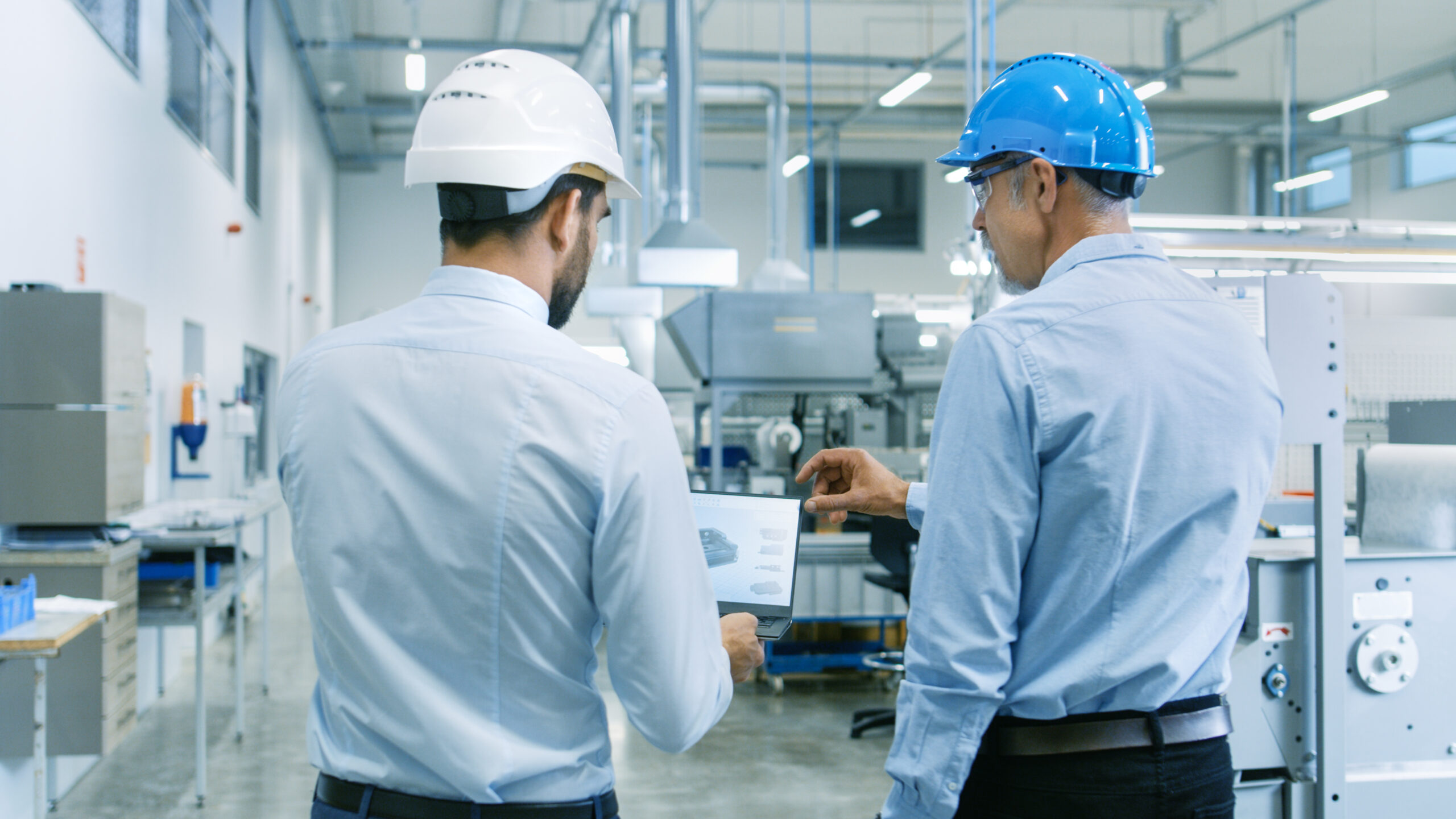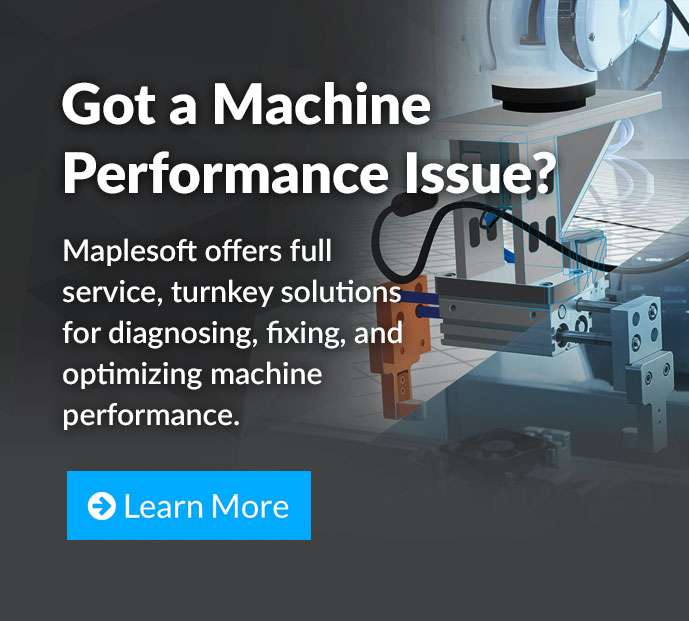
If you’re still new to virtual commissioning, know you’re not alone. In the past 5 years, virtual commissioning technologies have started to really gain traction through industrial automation. And while the solutions are now readily available for all kinds of virtual commissioning, you’re still going to have to take on the biggest barrier yourself – learning the new technologies and tools themselves.
What if, however, you just need a solution to a problem you’re facing right now? When staring down the barrel of a machine issue, it’s understandable that management may not spring for a new technology to solve their problem (even if the solution could come faster and cheaper than traditional approaches). Those in your company that approve budgets are likely going to require a clearer path to value from an investment in something like virtual commissioning.
So, if you’re new to virtual commissioning, but need an easier way to be assured of a positive ROI, what can you do?
Try using virtual commissioning, instead, as a full-service solution that is fully contracted out to simulation experts. With companies now offering full-service solutions for virtual commissioning, you simply need to show up with the problem you’re facing, and let them take care of the rest. While this will end up being more expensive, dollar for dollar, than if you learned the new tools themselves, you’ll almost certainly save enough time to warrant the cost – and this way, the risk you take on is drastically reduced. And usually, you’ll end up pleasantly surprised at how fast a solution can be put together, since most of the solution can be put together virtually – no ordering parts or repeated site visits.
Let’s see what’s entailed in a full-service solution, and why it’s probably the best option for those new to virtual commissioning.
What A Full-Service Solution Looks Like
Let’s assume you’ve got a new machine either in the physical testing phase, or further – shipped out and operating on a customer’s shop floor. This machine might be running too slowly, burning out parts, experiencing vibrations, or any other issue that arises during the actual, dynamic operation of the machine. The typical solution to these issues is probably some mixture of extensive on-site testing and hardware upgrades. Before committing the resources to buying new parts and sending a team of engineers to the site, here’s what a solution might look like if you partner up with a virtual commissioning solutions company.
- Discuss the problem and expected outcomes. Virtual commissioning, and dynamic simulation in general, are technologies that work great for certain kinds of issues. You’ll need to have a discussion with the experts about the particular issues you’re facing. Virtual commissioning solutions work best when your machine isn’t moving in the way you expect it to – that could be vibrations, speed issues, unexpected handling of a payload, or something else. Dynamic, machine-based virtual commissioning is all about how all the dynamics and physics of a machine come together – so try to keep that in mind. You can then have a discussion on the expected outcomes – increases in CPM, reduction in vibrations, and so on.
- Share the data. The experts will need to build a digital twin (a simulation-based model) of your machine in order to see how all the key systems are working together. After signing the appropriate privacy agreements and so on, you can start sharing the kind of information needed for the experts to put the digital twin together – CAD models, component details (such as motors), and any operational data you may have from sensor-based information (such as position sensors on your motors). While there can be more to it than just these variables, the experts will build out a digital twin for you, and use whatever performance data they have to validate the model’s accuracy. From there, they’ll also replicate the issue (such as a vibration), which finally provides them with a virtual representation of the problem you’re experiencing.
- Learn about possible solutions. This step is where the value starts to really become apparent. By having a simulation-based model of your machine, the experts are now free to run all sorts of tests to find a solution. Simulations can be run in seconds, meaning that solutions can be found in a fraction of the time that hardware-based solutions would take. For example, the experts might run an optimization routine on the simulation, essentially running hundreds (or more) simulations that cycle through different parameters (speed, motion profiles, motor inputs, etc). With this kind of information, you might learn that you simply need to slow down your machine at key points in a duty cycle, but that you can drastically speed it up in others. The experts will also work with you to use this model as a direct feedback mechanism for your control code that you create in your automation tools. You’ll get high-quality insight on exactly how to tune controller gains and other feedback strategies, and you’ll see it all with live, 3-D visualization of your machine in action.
- Implement the solution. Once a solution is agreed upon (such as a host of optimizations to your control code), the final step is to get this new code on the machine. In many cases, this will be the only time you’ll really need to be on site and in front of the physical machine. If you want to make sure things go even more smoothly, virtual commissioning experts can often join you on site, ensuring that any final tweaks and adjustments can be made in just a single visit. You can expect this process to take only a couple days (compare that with the downtime you’d need for swapping components).
- You’re done! If all goes well, you’ll now be in possession of a highly optimized machine that no longer malfunctions – solved entirely through high-fidelity insight into your machine dynamics.
Where Next?
Even though you are still new to virtual commissioning, you’ll be left with some lasting benefits of working with expert consultants on a project. The digital twin that was created for you can prove its value long after a single issue was solved. With simplified tools for model visualization and exploration (such as MapleSim Insight), you can easily work with your digital twin, even if you don’t have any experience with the building of the model. With the ability to modify parameters, run simulations, and see your CAD in 3-D visualizations, you can test out new configurations, such as new speeds, payload sizes, or more. Imagine giving this tool to your sales team, for example – with a few clicks, they can give their customers quick answers on configuration details, operating limits, and more. Your engineers will thank you for the extra time they’ll have to focus on their own work.
The next time you’re facing an issue with the performance and motion of your new machines, perhaps take a moment to see what virtual commissioning experts can do for you. It might just save you a big chunk of change, and weeks or months of hardware fixes, and management will rest easy knowing that they don’t need to invest in the uncertainty of changing your own processes.







